The Tesla Humanoid Robot: Damage Assessment, Repair, and the Future of Its Functionality – A Fix4Bot.com Deep Dive
Tesla’s Optimus, often affectionately (and sometimes mockingly) referred to as the “Humanoid Robot,” has captivated the world with its promise of automating mundane tasks and ultimately, revolutionizing labor. While early demonstrations have showcased charmingly awkward movements – the famously described “baby giraffe” walk being a prime example – the robot’s potential is undeniable. However, with potential comes vulnerability. Propelling a bipedal robot amidst human environments introduces a plethora of potential damage scenarios, ranging from minor cosmetic wear to critical structural failures. This article, brought to you by Fix4Bot.com, delves into the likely damage profiles of Optimus, outlines potential repair strategies, and explores the advanced technologies underpinning these solutions. We’ll move beyond the surface-level observations of its capabilities and explore the intricacies of safeguarding this ambitious robotic endeavor.
Understanding the Damage Landscape: Optimus Vulnerabilities
Before discussing repair, it’s critical to comprehend the various ways Optimus can sustain damage. The design itself, prioritizing humanoid form and maneuverability, inherently introduces vulnerabilities. We can categorize potential damage into several key areas:
- Locomotion System Damage: This is arguably the most prone area. The bipedal design, while mimicking human movement, presents complexities.
- Ankle & Foot Damage: Repeated stress on these joints during walking, especially on uneven terrain or while carrying loads, can lead to wear and tear on actuators, sensors (force, position, and torque), and structural components within the foot assembly. Potential failures include actuator burnout, sensor drift/failure, cracked composite materials, and loosening of fasteners.
- Knee & Hip Joint Damage: These high-stress joints are susceptible to similar issues as the ankles. Repeated flexing and extension, coupled with potential impacts, can lead to joint misalignment, actuator fatigue, and damage to surrounding cables and wiring.
- Leg Segment Damage: The leg segments themselves, typically constructed from a combination of metals (aluminum, steel) and composites, are vulnerable to impacts. Dents, cracks, and fractures are possible.
- Ground Contact Sensors: The system relies on precise sensory data for balance and navigation. Damage to these sensors – from direct impacts to environmental factors like dust or moisture – can severely compromise stability.
- Torso & Upper Body Damage: While generally less prone to major impacts than the legs, the torso and upper body face unique challenges.
- Actuator Failure: Arm and shoulder actuators are under constant strain, particularly during manipulation tasks. Overheating, mechanical fatigue, and electrical malfunctions can cause actuator failure.
- Hand & Gripper Damage: The hands are complex mechanisms with multiple joints and sensitive sensors. Dropping objects, forceful gripping, and repetitive motions can lead to damage to the fingers, actuators, and tactile sensors.
- Internal Wiring & Connectors: The torso houses a significant amount of wiring and connectors. Repeated flexing and vibrations can cause these to loosen, fray, or break, disrupting communication and power supply.
- Sensor Suite Damage: Optimus relies heavily on a suite of sensors – cameras, LiDAR, radar, IMUs (Inertial Measurement Units) – for perception and navigation.
- Camera Damage: Simple impacts can crack lenses or disrupt imaging sensors. Dirt, scratches, and lens flare can degrade image quality and affect the robot’s ability to “see.”
- LiDAR/Radar Damage: These systems are more robust but still vulnerable to physical impact and environmental contamination. Damage can lead to inaccurate mapping and navigation.
- IMU Failure: Accidents and abrupt movements can damage the IMUs, causing inaccurate readings of orientation and acceleration, vastly impacting balance and control.
- Power and Control System Damage: The core “brain” and power source are critical.
- Battery Damage: Mechanical shocks and punctures can compromise battery integrity, leading to leaks, short circuits, and potential fire hazards.
- Control Board Damage: Water ingress, electrostatic discharge (ESD), or physical impact can damage the control boards responsible for processing sensor data and controlling actuators.
- Communication Bus Failure: Disruption of the communication bus that connects various components can lead to system-wide malfunction.
Fix4Bot.com Repair Strategies: A Multi-Tiered Approach
Fix4Bot.com employs a layered approach to diagnosing and repairing damage to advanced robotics, tailored specifically for the complexity of the Optimus platform.
1. Diagnostic Phase: Precision is Paramount
- Non-Destructive Testing (NDT): Our initial assessment utilizes NDT techniques to identify internal flaws without disassembling the robot. This includes:
- Ultrasonic Testing: To detect cracks and voids in metal components like leg segments and actuator housings.
- Radiography (X-Ray): For deeper, less visible damage, particularly within complex joint mechanisms.
- Thermography: To identify hotspots indicating overheating actuators or faulty wiring.
- Sensor Data Analysis: We analyze historical sensor data (when available) to identify anomalies that might indicate pre-existing damage or degradation. Unusual gait patterns, inconsistent force readings, or erratic sensor outputs can be early warning signs.
- Functional Testing: Comprehensive movement and manipulation tests are performed to pinpoint the exact source of the problem. This includes range of motion assessments, load-bearing tests, and manipulation simulations.
- AI-Powered Diagnostics: Leveraging machine learning algorithms trained on vast datasets of robot operation data, our diagnostic tools can predict potential failures and identify subtle anomalies that might be missed by human inspection.
2. Repair & Refurbishment Techniques – Tiered Solutions:
The chosen repair strategy depends on the severity and location of the damage.
- Tier 1: Minor Repairs & Preventative Maintenance:
- Fastener Tightening & Lubrication: Regular inspection and tightening of fasteners are essential for maintaining structural integrity. Lubrication of joints reduces friction and wear.
- Cosmetic Repairs: Repairs involving dents, scratches, and minor cosmetic damage on the outer shell using advanced composite repair techniques.
- Sensor Cleaning & Calibration: Regular cleaning of cameras and LiDAR units is critical. Software recalibration of sensors ensures accurate data output.
- Tier 2: Component Replacement & Advanced Repair:
- Actuator Replacement: Defective actuators are replaced with OEM or rigorously tested aftermarket components. Calibration and synchronization of new actuators with existing hardware are crucial.
- Sensor Module Replacement: Faulty camera, LiDAR, or IMU modules are replaced with new or refurbished units.
- Wiring Harness Repair & Replacement: Damaged wiring is repaired using specialized soldering techniques and shielded connectors preventing interference.
- 3D-Printed Replacement Parts: Utilizing advanced 3D printing techniques (metal sintering, polymer printing) to create custom replacement parts for damaged or obsolete components.
- Tier 3: Advanced Reconstruction & Customization:
- Joint Reconstruction: Severely damaged joints might require complete reconstruction, involving the fabrication of new housings, actuators, and sensor integration.
- Custom Actuator Design & Integration: In instances where standard actuators are unsuitable, Fix4Bot.com can design and integrate custom solutions – adapting to specific load requirements and operational demands.
- Adaptive Control System Modification: Modifications to the control software to compensate for physical limitations or enhance performance following repairs. This might involve recalibrating control parameters or implementing adaptive algorithms.
- Reinforced Structural Design: Implementing structural reinforcements in vulnerable areas (e.g., leg segments) using advanced composite materials or optimized metal alloys.
3. Underlying Technologies Empowering Fix4Bot.com:
Our ability to effectively diagnose and repair complex robotics relies on a suite of cutting-edge technologies:
- Robotics Simulation Software: Allows us to virtually rebuild and test Optimus in simulated environments, predicting the impact of repairs and optimizing refurbishment strategies.
- Computer Vision & Machine Learning: Used for automated damage detection from visual inspections, anomaly detection in sensor data, and predictive maintenance analysis.
- Advanced Materials Science: Expertise in working with composite materials, advanced alloys, and polymers used in Optimus’ construction, allowing for effective repair and reinforcement.
- Robotics-Assisted Repair: Utilizing smaller, specialized robots to perform intricate repairs within confined spaces, minimizing human error and maximizing efficiency.
- Reverse Engineering & CAD Modeling: Ability to create accurate CAD models of damaged components, facilitating the design and fabrication of custom replacement parts.
The Future of Optimus Maintenance & Repair:
As the Tesla Humanoid Robot evolves, so too must its maintenance and repair ecosystem. Fix4Bot.com is actively researching and developing the following capabilities:
- Self-Diagnostic Systems: Integrating sensors and software into Optimus itself that allow it to autonomously detect and report damage.
- On-Site Repair Modules: Developing modular repair units that can be deployed to the robot’s operational site, enabling rapid diagnostics and repairs.
- Remote Diagnostics & Repair Assistance: Leveraging augmented reality (AR) and remote control technologies to provide expert guidance to on-site technicians during complex repairs.
- Predictive Maintenance Algorithms: Utilizing machine learning to predict component failures and schedule maintenance proactively, preventing costly downtime.
The Tesla Humanoid Robot represents a bold step into the future of automation. While challenges remain, Fix4Bot.com is committed to providing the expertise and technology necessary to keep these remarkable machines functioning optimally, ensuring their continued contribution to a more innovative and efficient world. The "baby giraffe" walk may be endearing now, but a stable, reliable Optimus is essential for realizing its true potential.

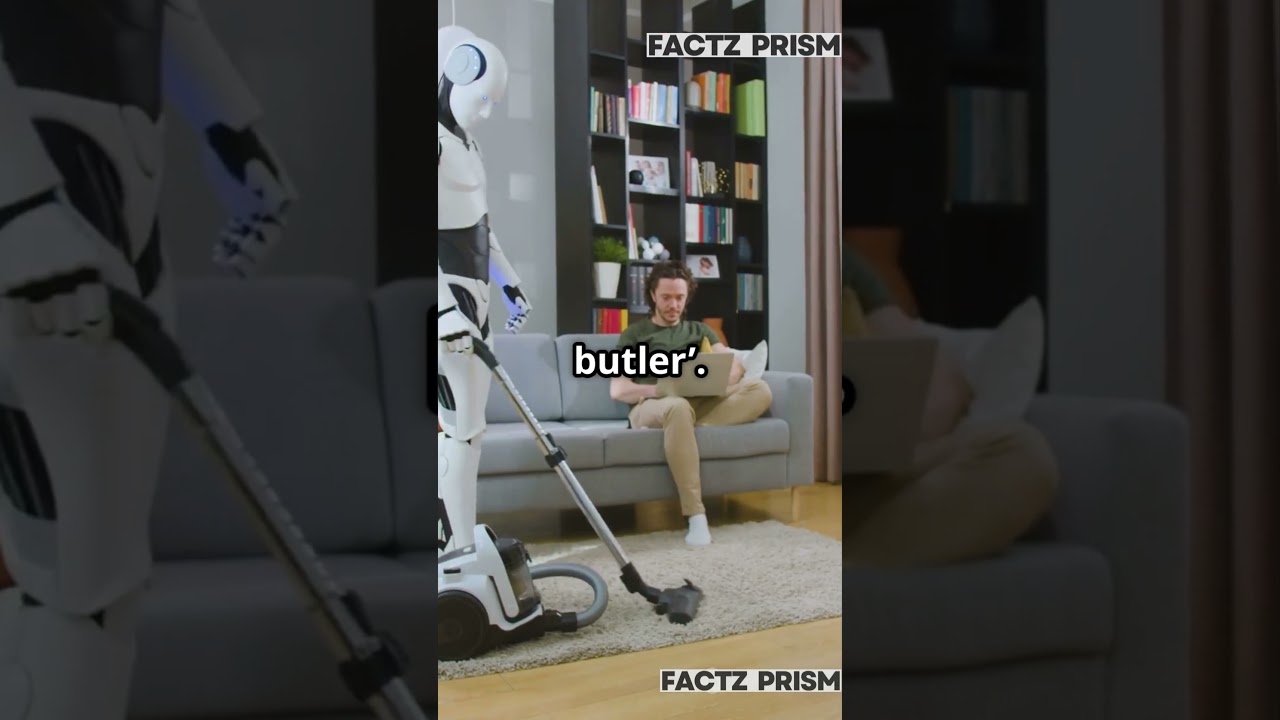
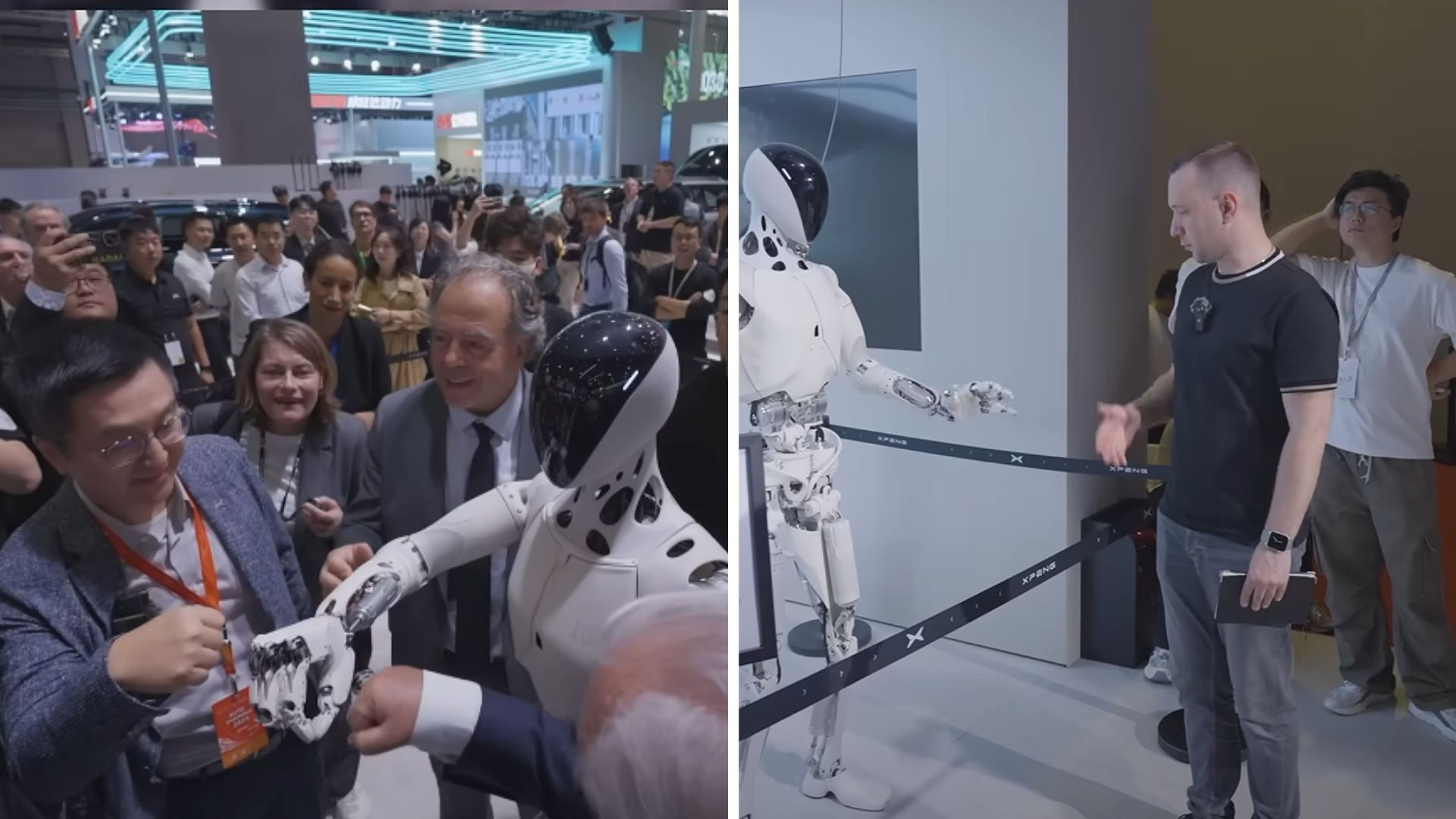

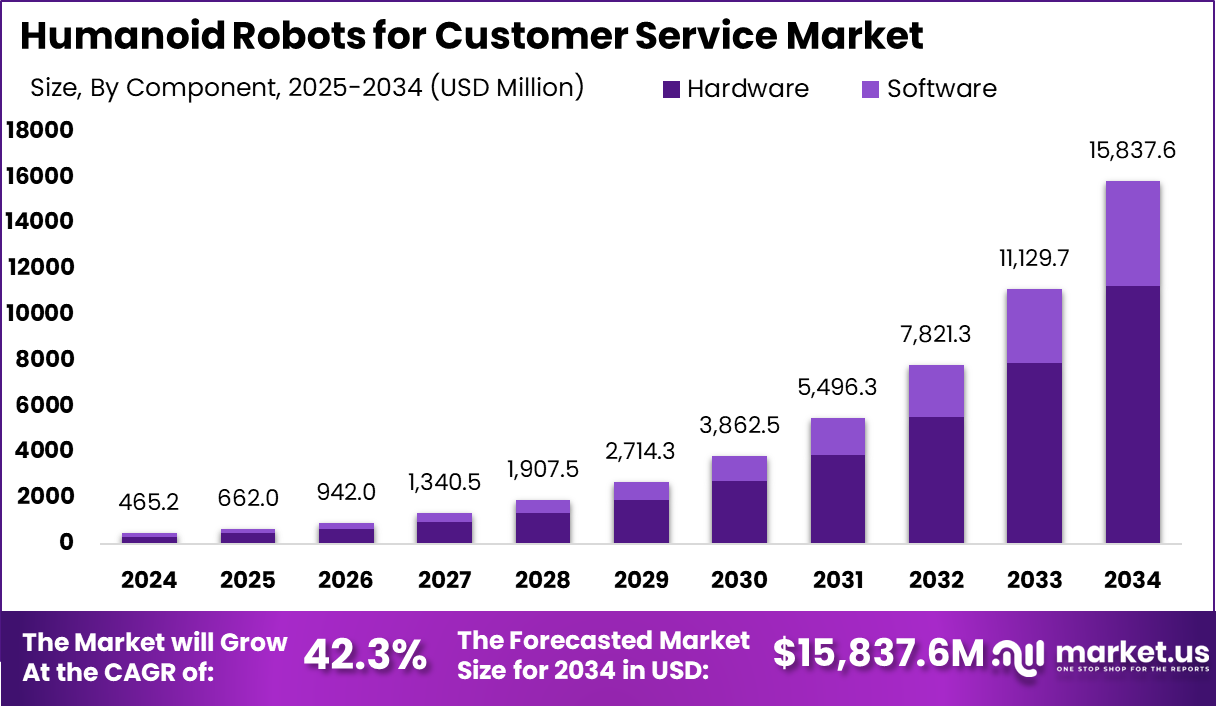
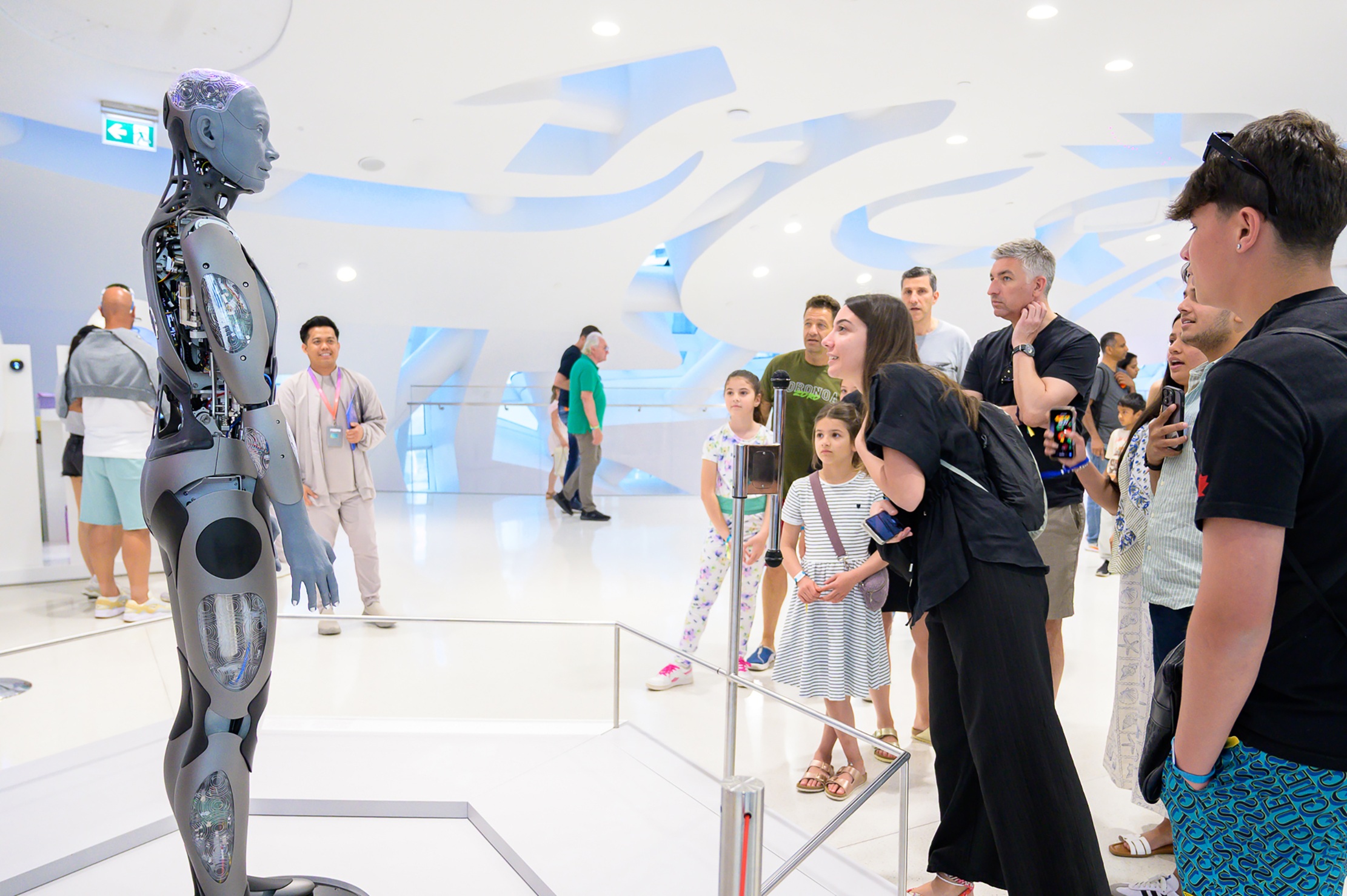
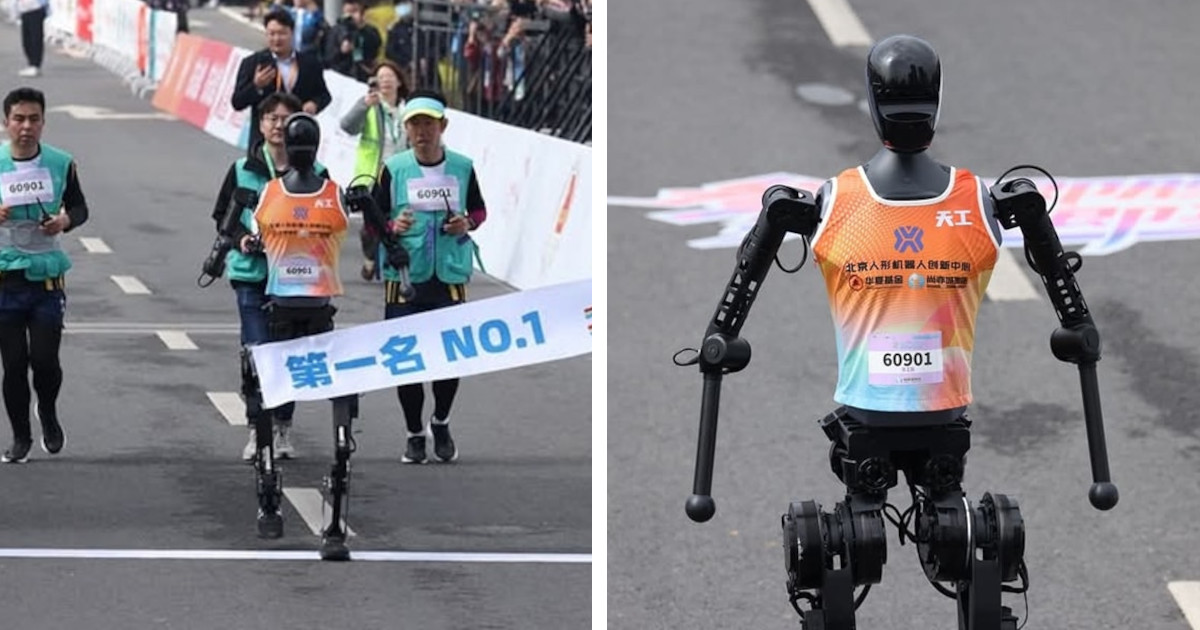
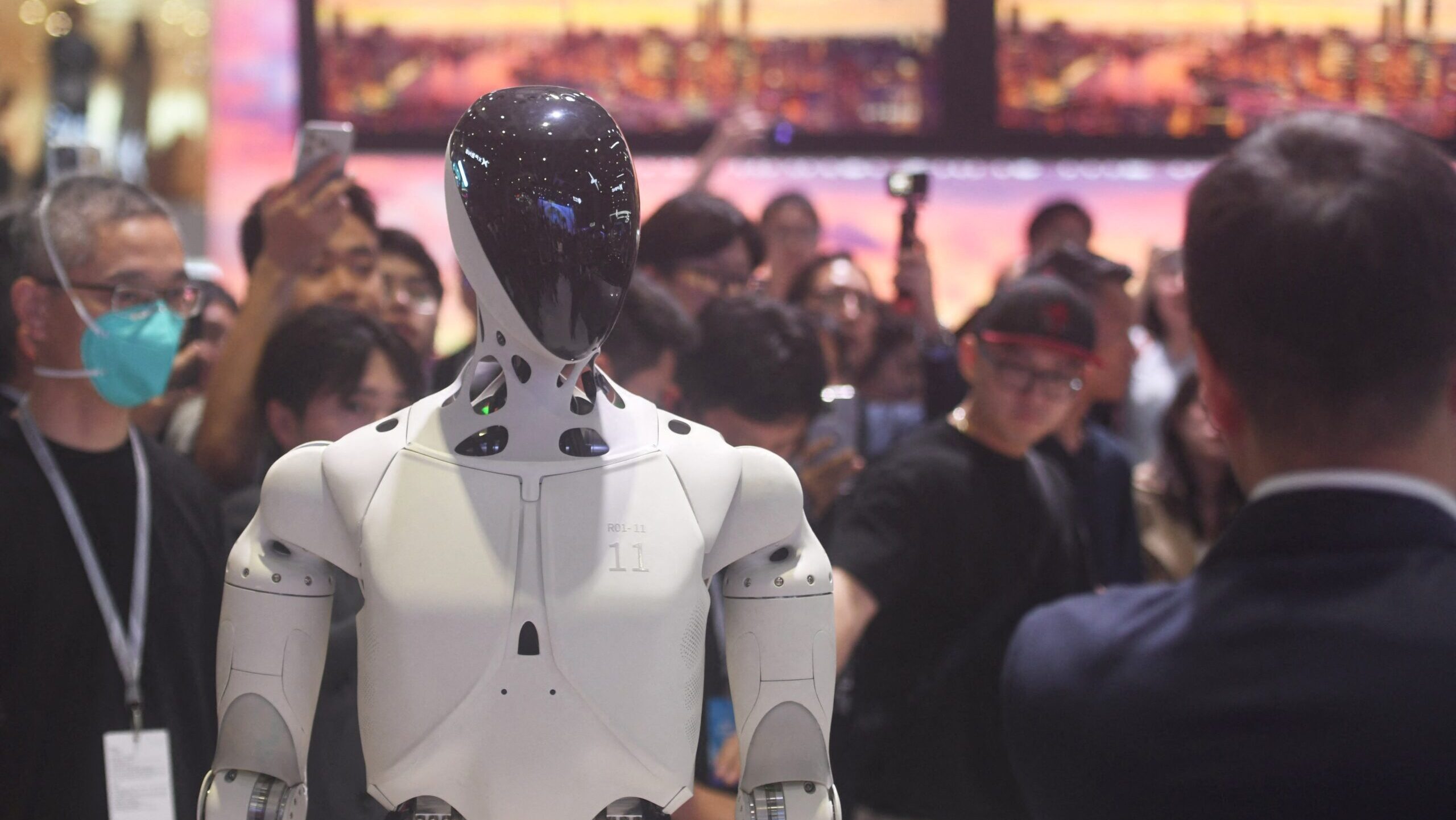

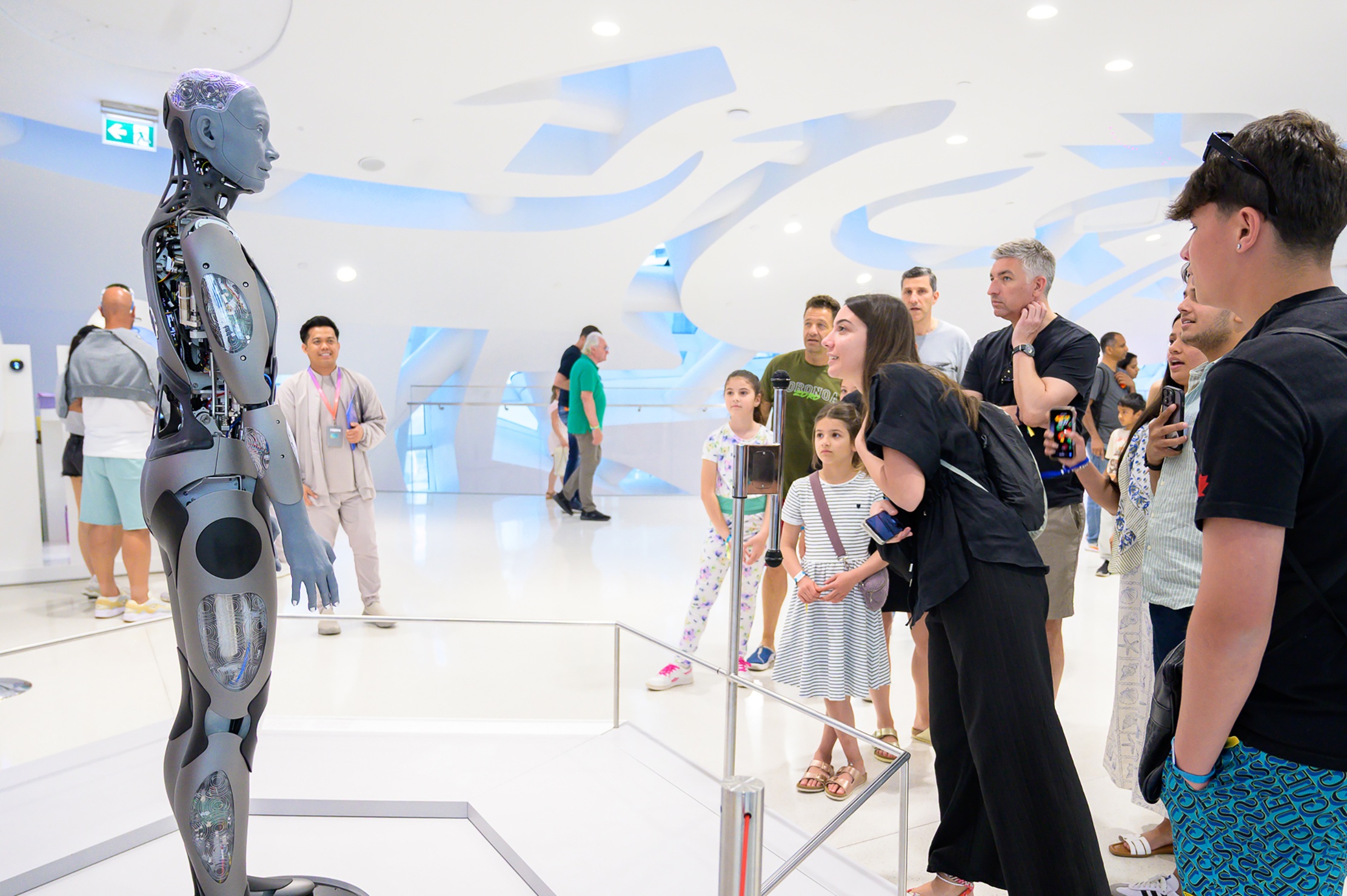

Leave A Comment